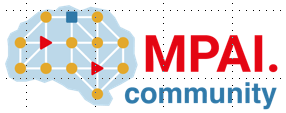More video with more features
In Forty years of video coding and counting I presented a short but intense history of ITU and MPEG video compression standards. In this article I will focus on how more functionalities got added to video compression over the years to MPEG standards and how the next generation of standards will add even more. The table below gives an overview of all MPEG video compression standards – past, present and planned. Those in italic have not reached Final Draft International…
















